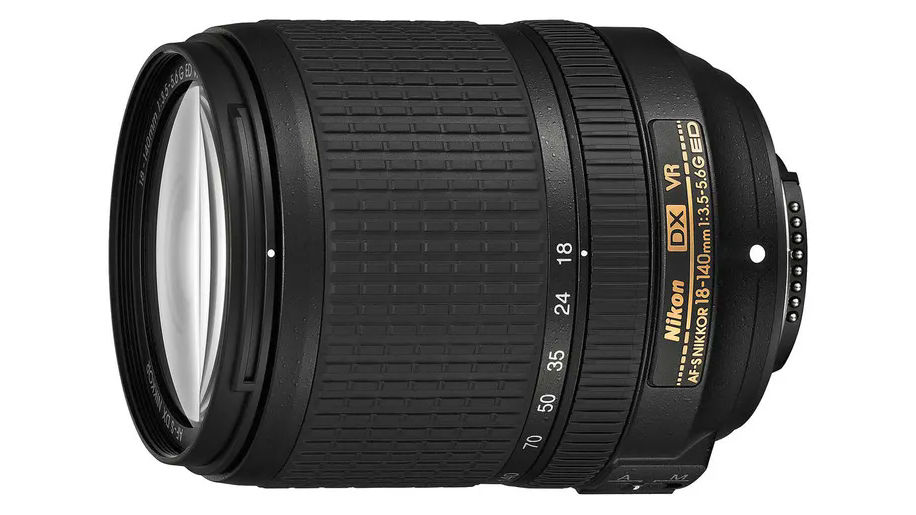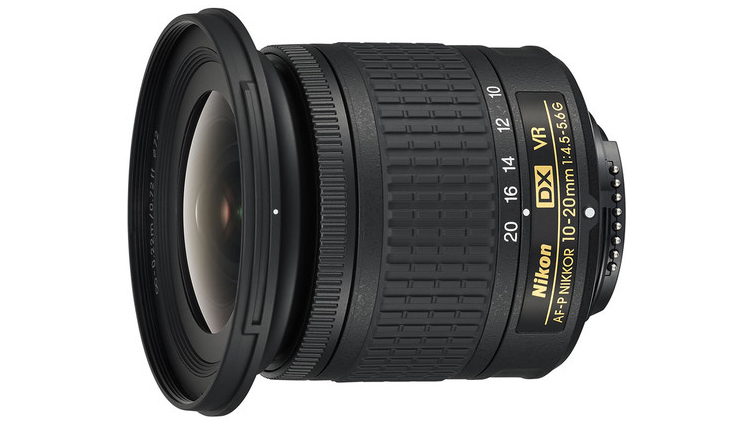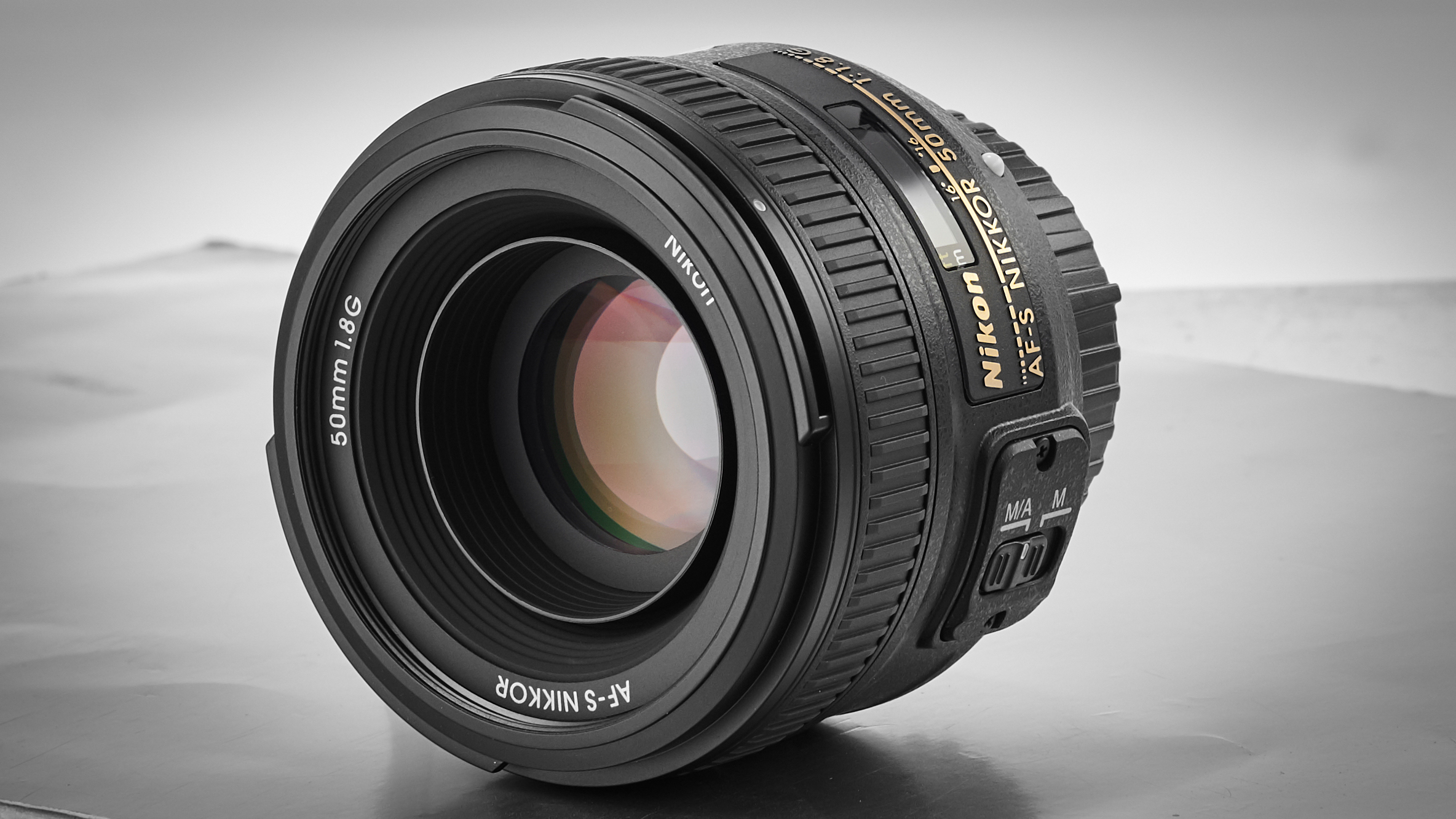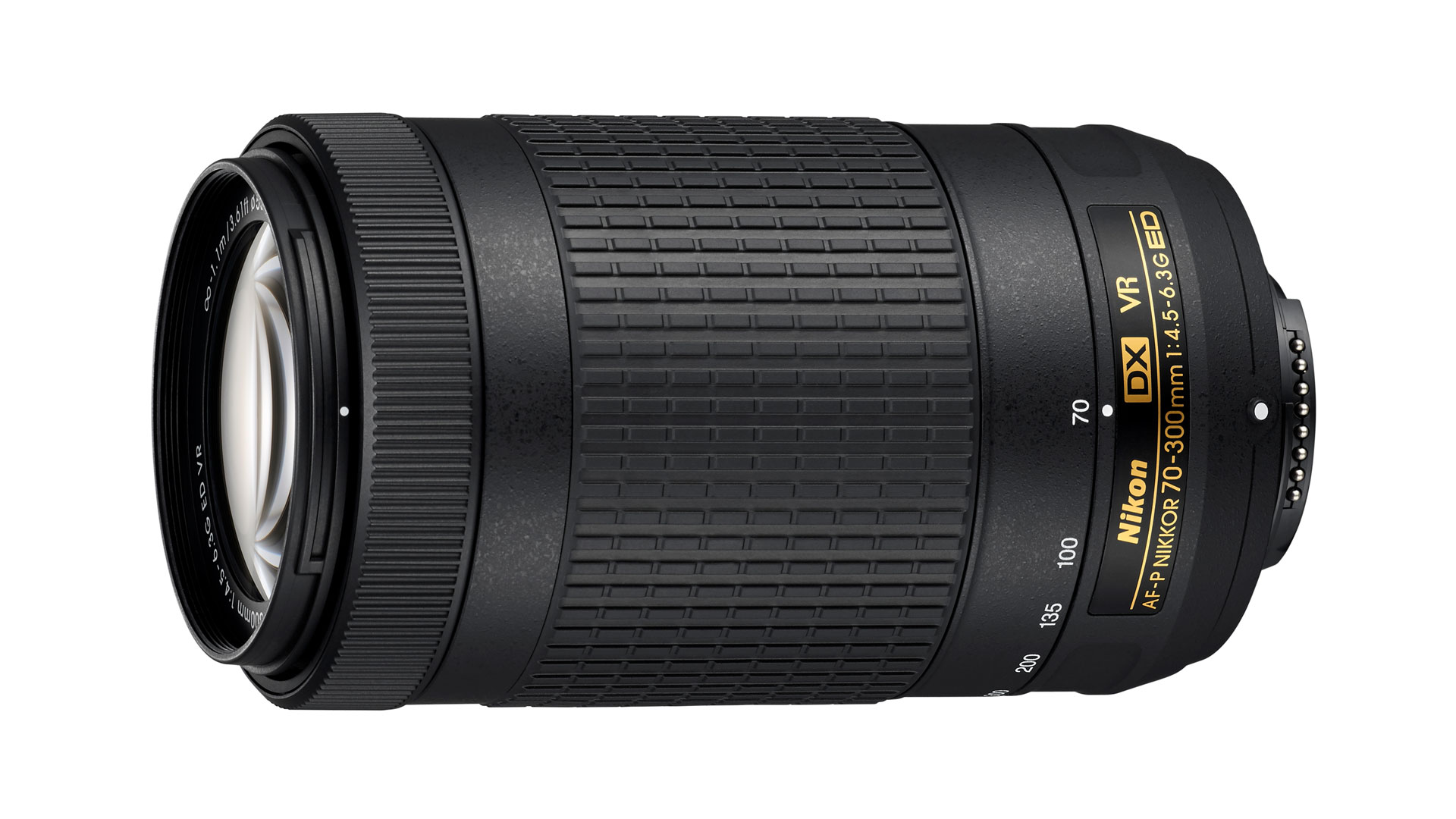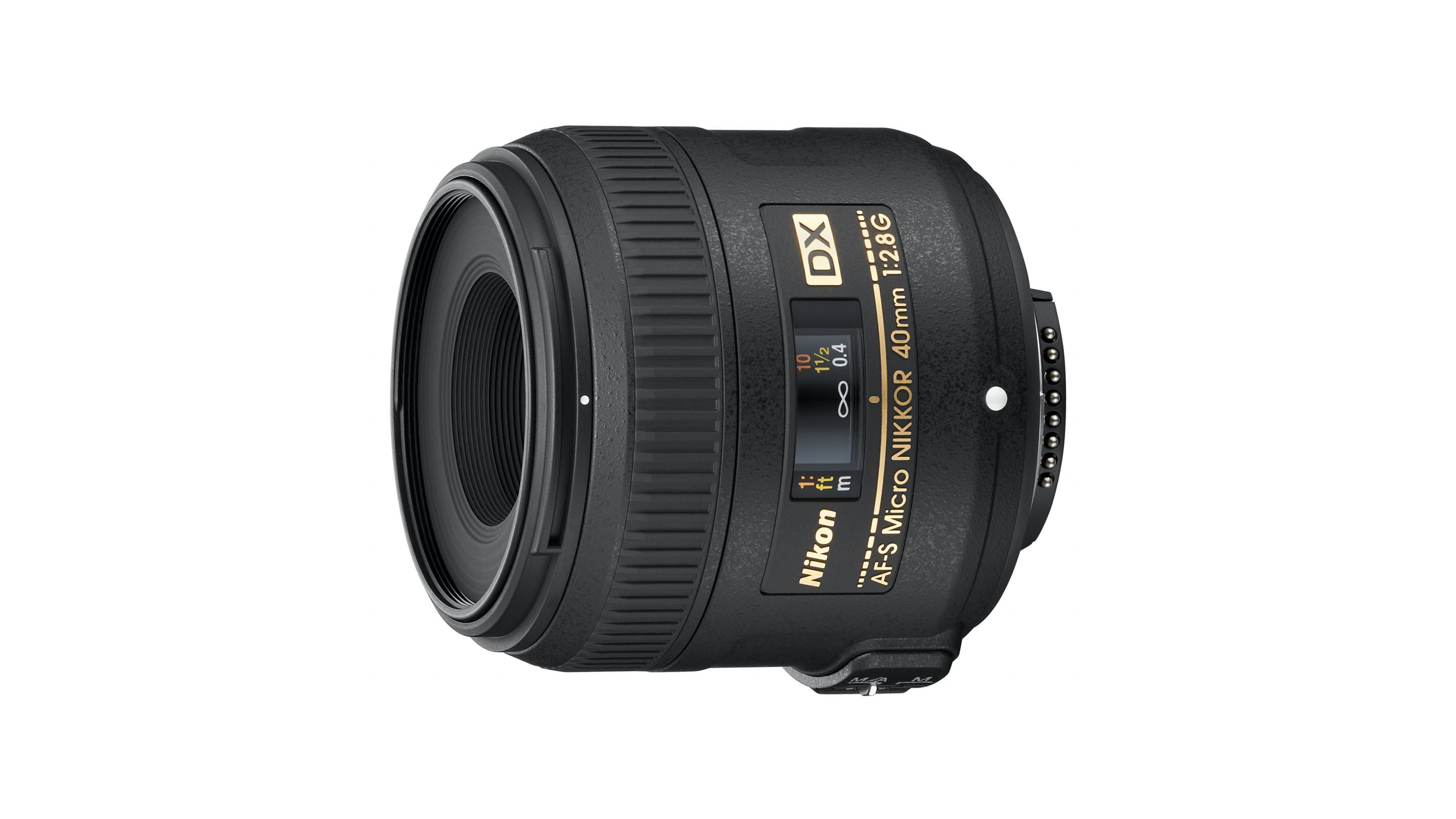The best lenses for the Nikon D3500 in 2025: a perfect fit for this entry-level camera
These are the best lenses for your Nikon D3500, combining usefulness and value when you're ready to start expanding your system
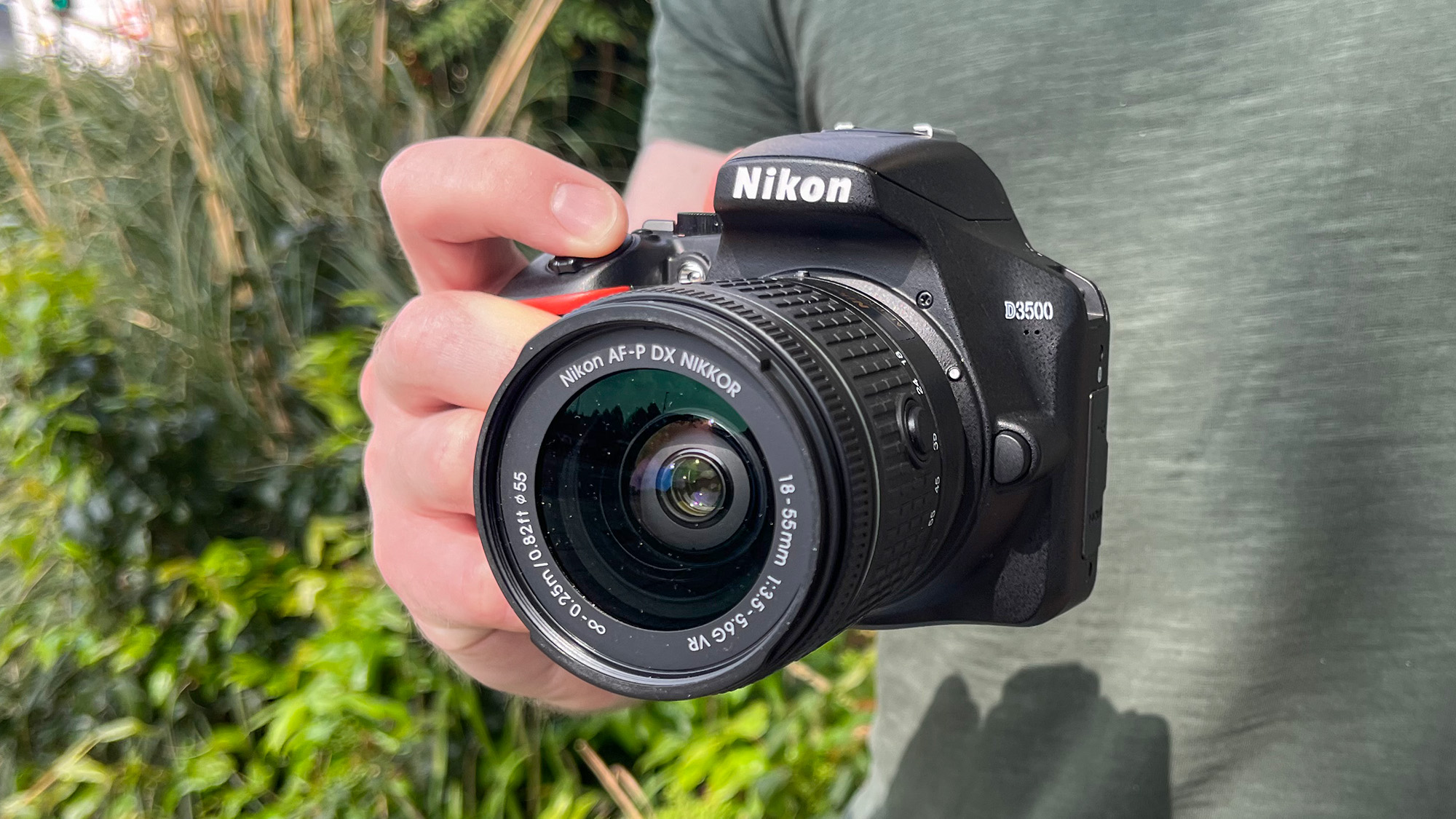
As one of the best cameras for beginners in recent years, the Nikon D3500 is my favorite entry-level Nikon DSLR body ever. Although production of this camera has now ceased, it still has everything a newcomer to this level of photography could want: multiple shooting modes, Full HD movie recording, a useful rear LCD screen, tactile easy-to-reach buttons, and large 24.2MP stills capture. Another great thing is the sheer range of lenses you can still get for Nikon DSLRs.
Lenses can be expensive, of course, but in the spirit of the D3500 as a quality camera on a budget, I've taken the same approach to these lenses, picking ones that I know you'll find useful but at prices which give you a lot for your money.
I’ve rounded up the best lenses for the Nikon D3500, from ultra-wide to telephoto zooms, and primes that are perfect for portraits, macro, and everyday shooting, all with a penchant for quality and value for money.
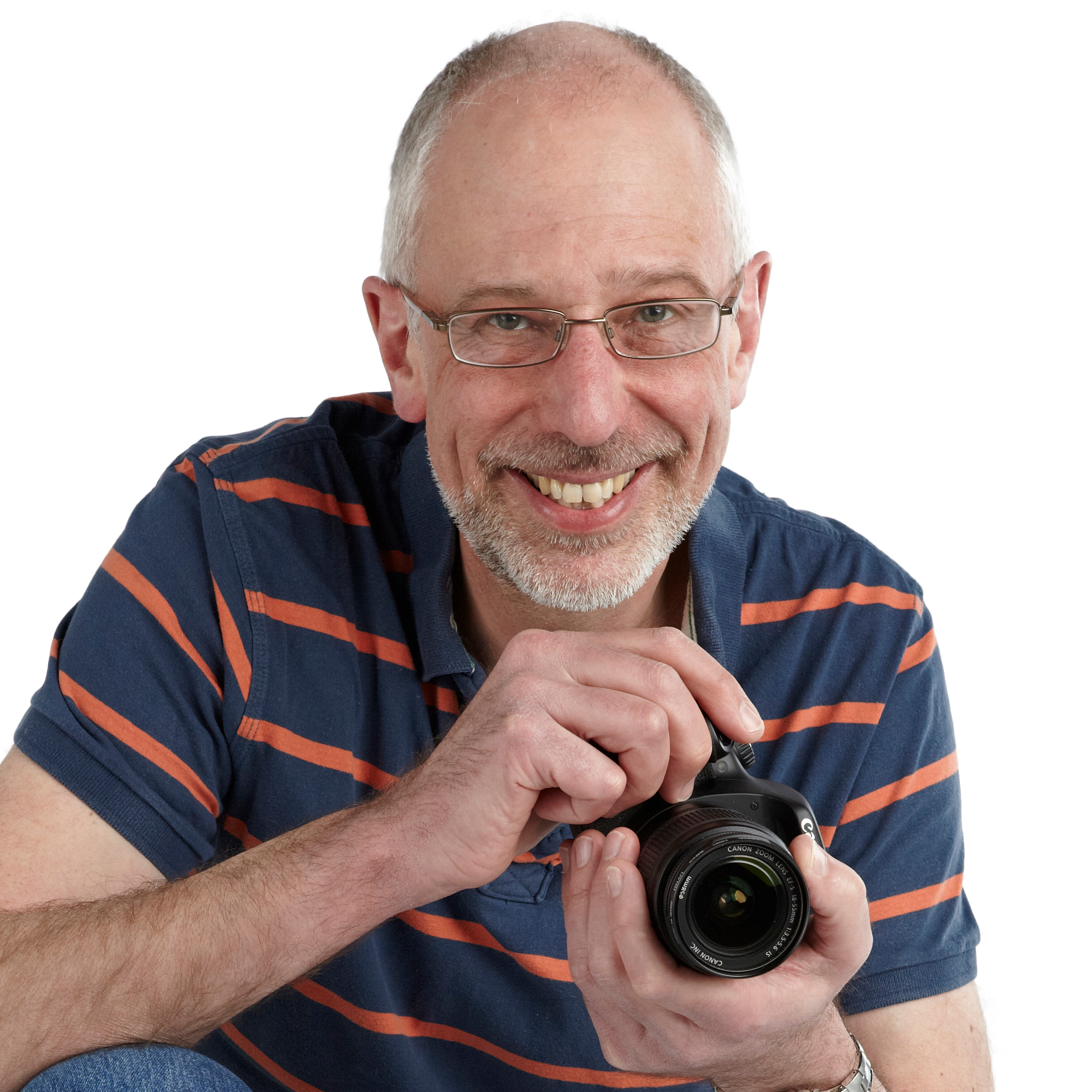
Matthew Richards is a photographer and journalist who has spent years using and reviewing all manner of photo gear. He is Digital Camera World's principal lens tester and a Nikon aficionado, and has personally handpicked all the lenses in this guide as perfect companions to the Nikon D3500.
The Quick List
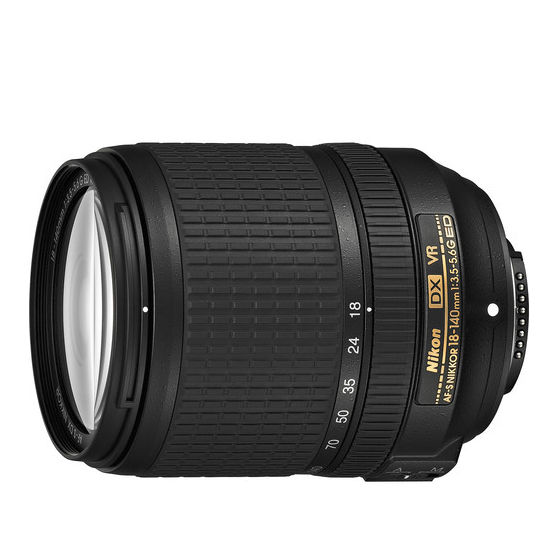
This highly popular zoom lens is the perfect daily companion, whether you’re walking around town or jetting off on vacation.
Read more below…
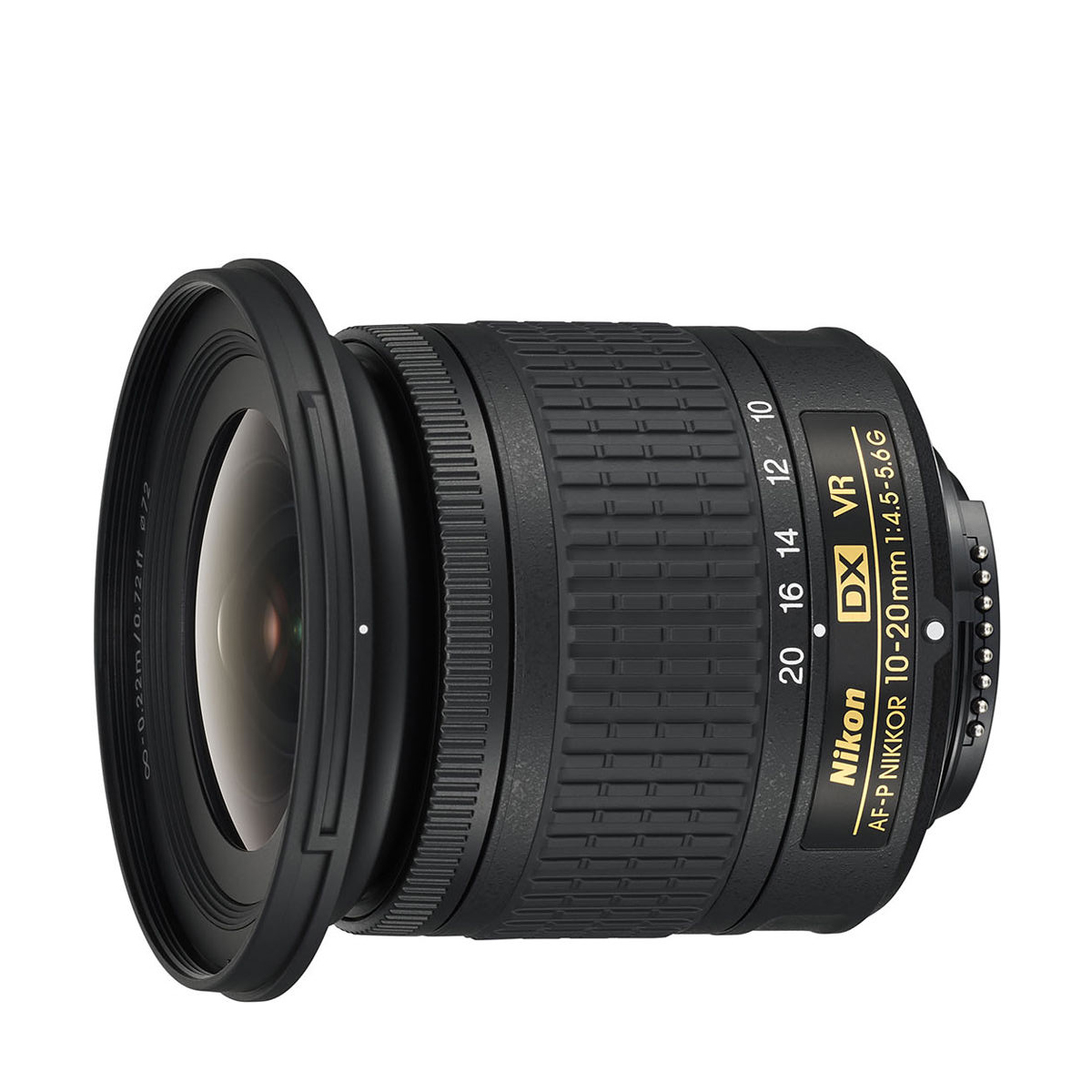
This offers the ideal focal length range for landscapes and interiors on the D3500, and it’s pretty handy for video, too.
Read more below…
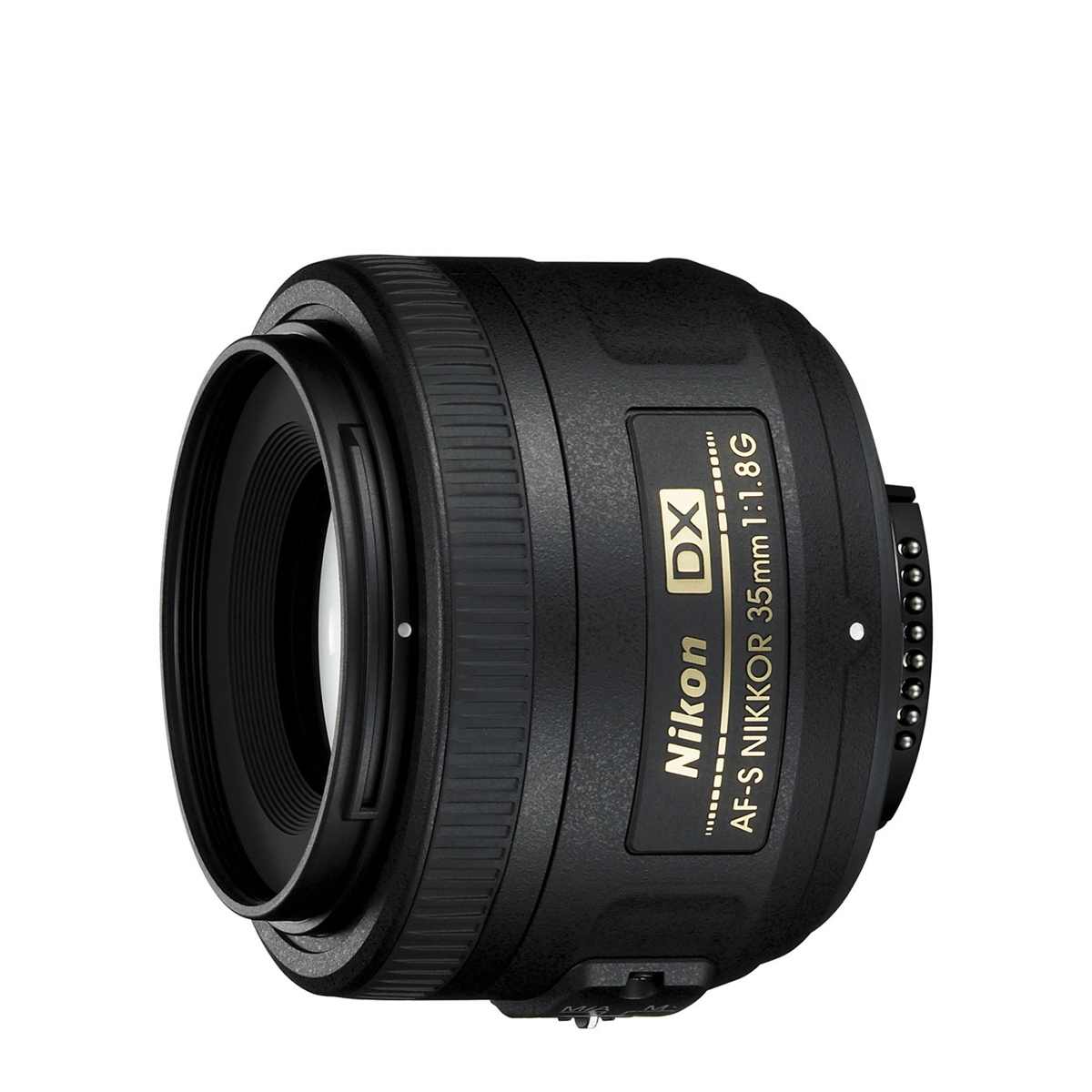
This small and light prime has a wide maximum aperture that brings an extra dimension to your general shooting.
Read more below…
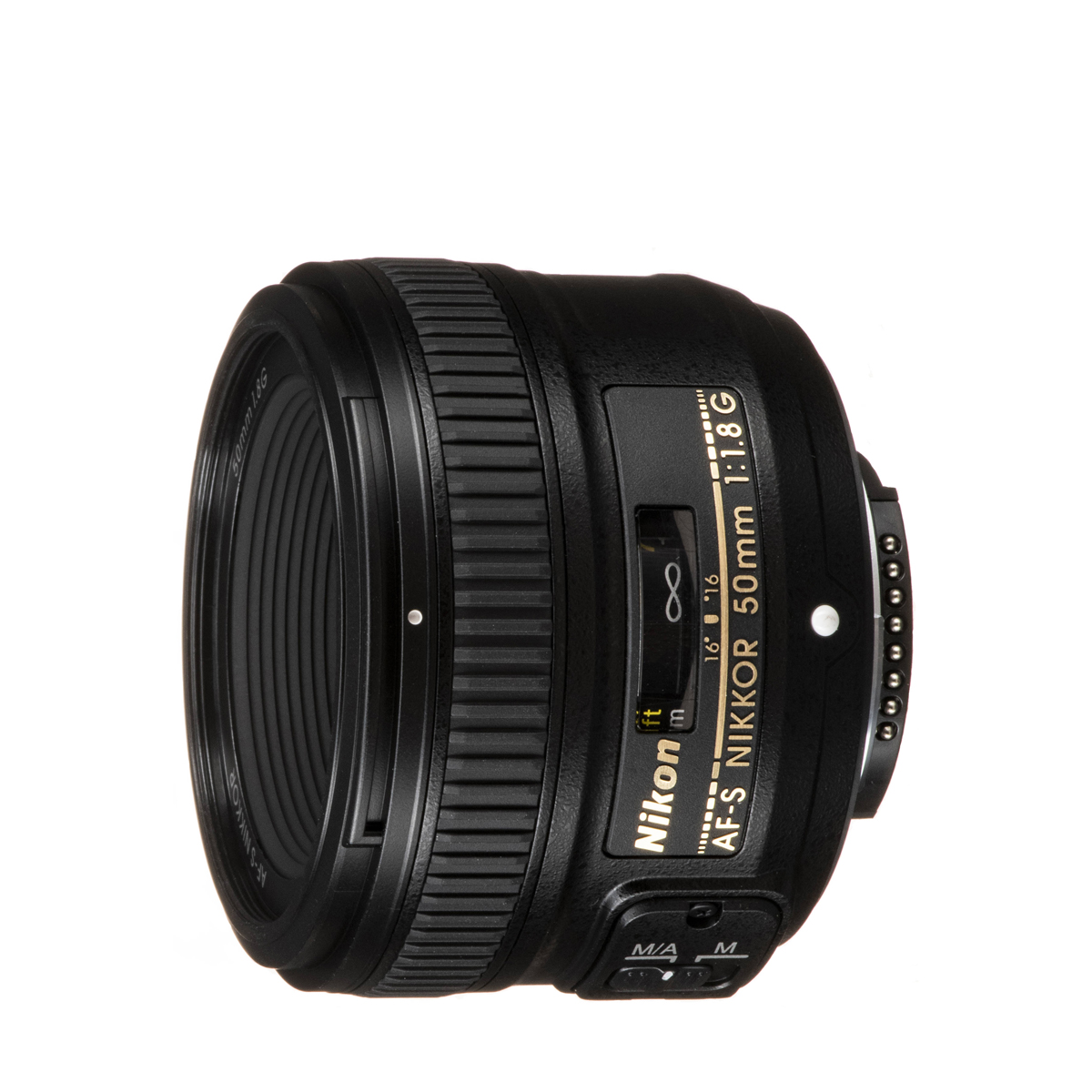
This prime has a 75mm angle of view when used on the D3500 due to the crop factor, producing flattering portraits with pleasing bokeh effects
Read more below…
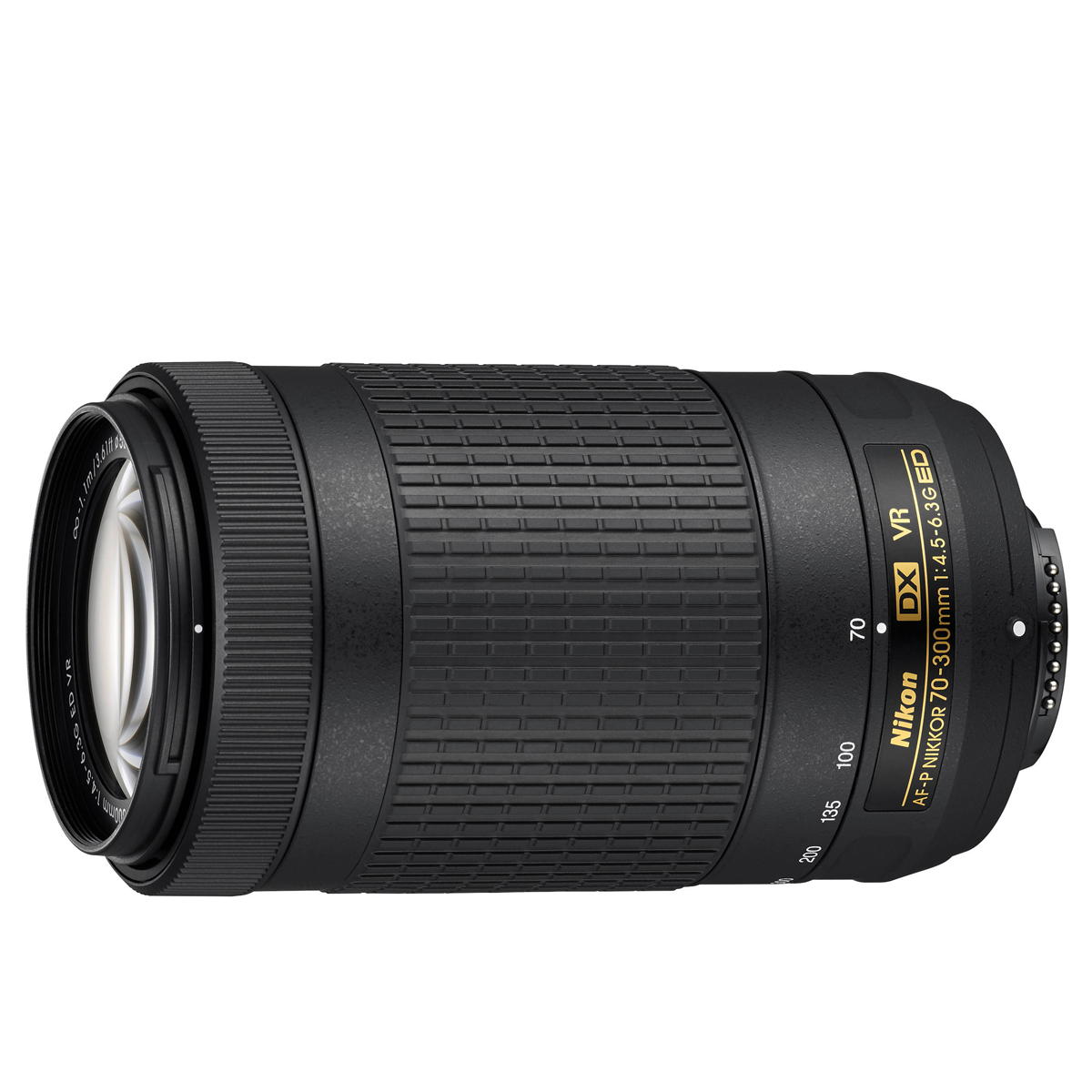
This telephoto combines the scaled-down size and weight you expect from a DX lens with great performance and handling.
Read more below…
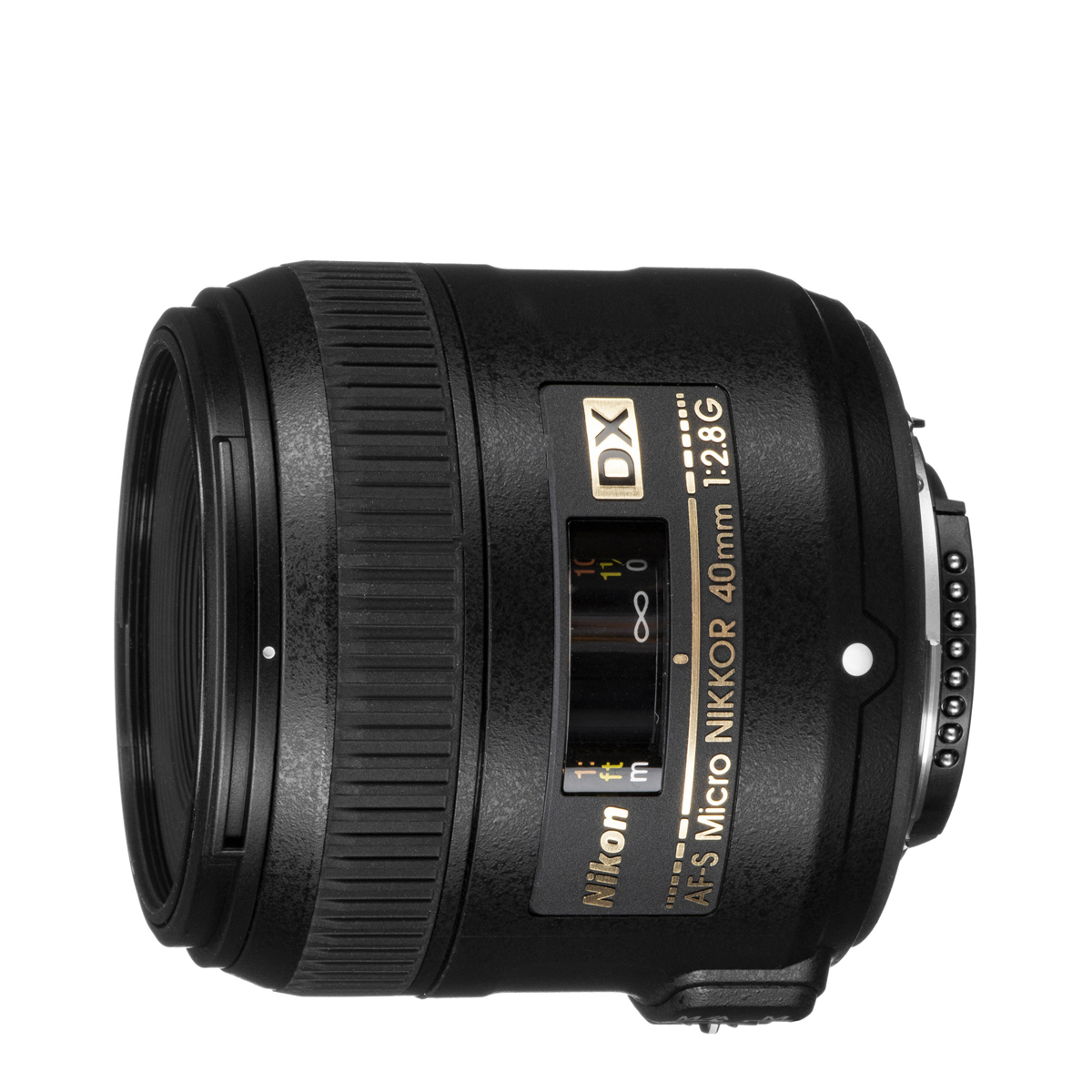
Achieve lifesize magnification in your close-up shots, as well as pleasing general shots the rest of the time.
Read more below…
Best lenses for Nikon D3500
Why you can trust Digital Camera World
Best everyday lens for the D3500
Specifications
Reasons to buy
Reasons to avoid
There are times when I’ve got my photographer’s hat firmly fixed on my head and am happy to lug around a backpack full of camera kit and lenses. Other times, if I’m pounding city streets, trekking into the hills, or travelling far and wide, I just want a single, do-it-all lens. And this lens is just that. Designed specifically for DX-format DSLRs, it has an ‘effective’ zoom range for 27-210mm in full-frame terms, covering everything from generous wide-angle coverage to proper telephoto reach.
I really like the compact and lightweight build of the lens and, stretching its travel credentials even further, the 4-stop Vibration Reduction means that I can generally leave my tripod at home as well. It’s a hugely popular lens, not only because it’s been sold as a kit lens option with various Nikon cameras, including the D3500, but because it offers superb versatility and practicality.
Read more: Nikon AF-S DX 18-140mm f/3.5-5.6G ED VR review
Features ★★★★☆ | The main feature is the 27-210mm ‘effective’ zoom range, backed up by optical VR. |
Design ★★★★☆ | The compact and lightweight design make this a great lens for walkabout and travel photography. |
Performance ★★★★☆ | It’s not the sharpest tool in Nikon’s box but the versatility of the ‘superzoom’ range makes up for that. |
Value ★★★★☆ | It’s standout value if you buy it as a kit lens with a camera, less so if you pay the full amount for it separately. |
Best wide-angle lens for the D3500
Specifications
Reasons to buy
Reasons to avoid
Compact and light, this zoom gives you an effective focal range of 15-30mm on the D3500, ideal for landscapes, interiors and architecture. Sharpness is excellent at the center of the image frame, although it does drop off noticeably toward the corners.
The lens has built-in VR (Vibration Reduction), with a 3.5-stop rating that goes a long way to reduce camera shake. The autofocus system uses a near-silent stepping motor, making this a viable option for capturing video.
Read more: Nikon AF-P DX 10-20mm f/4.5-5.6G VR review
Features ★★★★☆ | Ultra-wide viewing angles come with optical stabilization, ideal for handheld shots of architectural interiors. |
Design ★★★★☆ | It’s certainly a very compact and lightweight design but it lacks weather-seals and has a plastic mounting plate. |
Performance ★★★★☆ | Performance is mostly good with fast autofocus and good image quality, but corner-sharpness could be better. |
Value ★★★★☆ | This zoom lens is good value at the price and comes complete with a petal-shaped hood. |
Best standard prime lens for the D3500
Specifications
Reasons to buy
Reasons to avoid
As a DX lens, this Nikon prime is designed specifically for the D3500 and other APS-C-sensored cameras. The effective focal length is 52.5mm, making this much closer to the standard ‘nifty fifty’ 50mm lens that used to be sold as standard with 35mm film SLRs in the old days. As a crop-factor lens, it is also smaller than average, so it’s an unobtrusive addition to your camera bag for when you need the wide f/1.8 maximum aperture that a zoom can't provide.
In my testing, I found sharpness was retained throughout the image frame when I shot between f/2.8 and f/8, although some detail was lost outside of this middle range.
Read more: Nikon AF-S DX 35mm f/1.8G review
Features ★★★☆☆ | The standout feature of this lens is arguably its simplicity. There’s no VR and, unusually for an F-mount lens, it doesn’t have a focus distance scale. |
Design ★★★★☆ | It’s very compact and lightweight yet features a metal mounting plate, complete with a weather-seal gasket. |
Performance ★★★★☆ | Edge/corner-sharpness could be better but overall performance is good. |
Value ★★★★★ | It’s great value for a fast standard prime, equivalent to using a 50mm f/1.8 lens on a full-frame camera. |
Best portrait lens for the D3500
Specifications
Reasons to buy
Reasons to avoid
When you fit this prime lens to a D3500, the camera sensor’s crop factor means the lens’s effective focal length is 75mm, which delivers an angle of view many view as ideal for subjects like portraits and still-life. Its suitability is reinforced by the wide maximum aperture of f/1.8, which enables you to create background blur and enable your subject to really stand out.
My tests indicated that images could be soft around the edges when I shot at the widest aperture, but this actually contributes to the feel of the portrait, as long as your subject is central. At narrower apertures, there were no issues with detail.
Read more: Nikon AF-S 50mm f/1.8G review
Features ★★★★☆ | Ring-type ultrasonic autofocus, an aspherical element and Super Integrated Coating are among the top features. |
Design ★★★★☆ | The design includes an auto/manual focus mode switch and a focus distance scale, plus a weather-sealed mounting plate. |
Performance ★★★★☆ | The lens delivers good sharpness and clarity with nicely smooth bokeh. |
Value ★★★★★ | It’s naturally not as fast as an f/1.4 prime but terrific value at the price. |
Best telephoto lens for the D3500
Specifications
Reasons to buy
Reasons to avoid
A big step up from other entry-level telephoto zoom lenses, this 70-300mm from Nikon combines great focusing, substantial Vibration Reduction, and Extra-low Dispersion (ED) glass for clear images. Fast internal focusing means any attached filters won’t spin around at the end of the lens, so when using filters, you can set it and forget it when composing.
At 415g, it may seem a little heavier than other Nikon DX lenses, especially if you’re not used to using telephotos, but it’s still reasonably light compared with full-frame options. A variable aperture range means zooming in to 300mm incurs a maximum aperture of f/6.3, which would ordinarily make it tricky to get decent exposures for sports and wildlife photography without extending shutter speed, but four stops of Vibration Reduction make short work of that issue.
Read more: Nikon AF-P DX 70-300mm f/4.5-6.3G ED VR review
Features ★★★★☆ | Good features include ED glass, ‘pulse’ motor autofocus, 4-stop optical stabilization and a 105-450mm effective zoom range. |
Design ★★★★☆ | The design feels a little basic, the lens has a plastic mounting plate and there are no weather-seals. |
Performance ★★★★☆ | Autofocus is fast on the D3500 (but incompatible with some older DSLRs), stabilization is effective and image quality is nice and crisp. |
Value ★★★★★ | It’s great value at the price but be aware that the lens hood is sold separately. |
Best macro lens for the D3500
Specifications
Reasons to buy
Reasons to avoid
This little lens is much smaller than a 'pro' macro lens like Nikon’s 105mm prime, so it takes up little space in your camera bag. The disadvantage of its shorter focal length is that you need to get very close to your subject when shooting macro, at least if you want the lifesize magnification that this lens is capable of.
With an equivalent focal length of 60mm on the D3500, it works nicely as a general shooting lens when you’re not photographing tiny subjects, with a reasonably fast aperture that can cope with failing light and still capture strong detail.
Read more: Nikon AF-S DX 40mm f/2.8G Micro review
Features ★★★★☆ | This lens acts as a dual-purpose prime, giving both full 1.0x magnification for macro photography and a useful 60mm effective focal length for general shooting. |
Design ★★★☆☆ | The design is good overall but the working distance between the front of the lens and the subject at the minimum focus distance is only about 1.5 inches. |
Performance ★★★★☆ | Sharpness and overall image quality are impressive but, typical of macro lenses, autofocus is a little sluggish. |
Value ★★★★☆ | It’s inexpensive for a full macro lens and very good value at the price. |
Lab data and comparisons
The graphs below show the comparative performance of the lenses in this guide, based on our in-house lab tests. As is often the case, the prime lenses in this group lead the way for sharpness and the AF-S 50mm and 40mm Micro are particularly good, the latter also having virtually no distortion whatsoever. Some lenses exhibit color fringing but this is taken care of with automatic correction in the D3500 and other recent Nikon DSLRs.
Scores for sharpness and color fringing are averaged from data taken across the entire image frame, from the center to the edges and corners, throughout the aperture range. For zoom lenses, the scores are also averaged from data measured at all marked focal lengths, and the same applies to distortion.
Bear in mind that these average values don't fully reflect specific areas of performance. For example, a zoom lens might have noticeable barrel and pincushion distortion at its shortest and longest focal lengths, respectively, which tends to average out when looking at the data overall. For more detailed graphs of each lens's performance, which give the full picture, check out the graphs in our full standalone lens reviews.
How to choose the best lens for the Nikon D3500
Which lenses fit the Nikon D3500?
The D3500 uses the Nikon F mount and is compatible with all lenses designed for that mount. Nikon’s own F-mount lenses typically have AF-P or AF-S at the start of their model names, which refer to the type of autofocus system they use.
Some F-mount lenses are designed for use with APS-C format DSLR cameras such as the D3500, rather than full-frame DSLRs. Nikon lenses that fall into this category have DX as part of their model names. These lenses are typically smaller, lighter and cheaper than the equivalents designed for full-frame cameras.
If you buy a DX lens and later upgrade to a full-frame Nikon DSLR, the image you get through the DX lens will be cropped compared with a full-frame lens.
In common with other Nikon DSLRs, the D3500 is not compatible with Z-mount lenses made for Nikon Z-series mirrorless cameras. But if you later upgrade to a Z-series camera, you can buy an adaptor to use your collection of F-mount lenses on your new camera.
How do I know which lens to get for my D3500?
The reason there are so many types of lens in the first place is that different scenes demand different lens designs, particularly when it comes to focal length and aperture rating.
Usually, you will decide what you want to photograph, then get a lens with the focal length that suits the situation. For example, to shoot landscapes you will need a wide-angle lens, while for sports and wildlife you will need a telephoto.
You can watch this video that explains focal length: it helps you work out what kind of lenses you need for different genres of photography.
How we test lenses
The lens experts in our testing lab run a range of tests under controlled conditions, using the Imatest Master testing suite. Photos of test charts are taken across the range of apertures and zooms (where available), then analyzed for sharpness, distortion and chromatic aberrations.
We use Imatest SFR (spatial frequency response) charts and analysis software to plot lens resolution at the centre of the image frame, corners and mid-point distances, across the range of aperture settings and, with zoom lenses, at four different focal lengths.
There's more to it than just the technical side, though! Beyond the lab, our reviewers test lenses in real-world environments – and sometimes on professional shoots! We work with lenses both indoors and outdoors, in studio conditions and in natural light, with as many different subjects as is possible (or appropriate – there's no point testing a landscape lens' ability to shoot a portrait!).
We take into account everything from handling and ease of use to speed of autofocus and the overall quality of the images produced.
Find out more about how we test and review on Digital Camera World
The best camera deals, reviews, product advice, and unmissable photography news, direct to your inbox!
Matthew Richards is a photographer and journalist who has spent years using and reviewing all manner of photo gear. He is Digital Camera World's principal lens reviewer – and has tested more primes and zooms than most people have had hot dinners!
His expertise with equipment doesn’t end there, though. He is also an encyclopedia when it comes to all manner of cameras, camera holsters and bags, flashguns, tripods and heads, printers, papers and inks, and just about anything imaging-related.
In an earlier life he was a broadcast engineer at the BBC, as well as a former editor of PC Guide.
- Adam WaringGuides Editor
